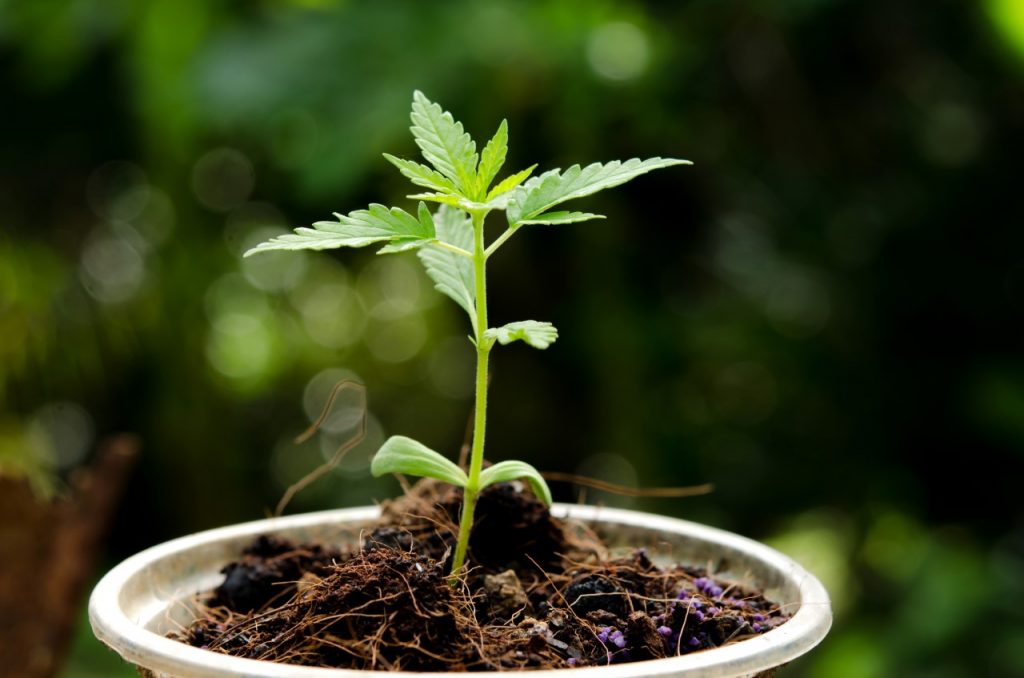
Features
Cannabis
Cannabis microcultivation for greenhouse growers
December 18, 2020 By Tamara Follett
 Source: Getty
Source: Getty Greenhouse growers are in a prime position to take advantage of a new class of legal cannabis production, called “Microcultivation”. The costs are less, the security requirements are less, and the regulatory requirements are (slightly) less. The limits differentiating “micro” licences from standard licences have been established as grow space (200 m2) for growers, or weight (600 kg dried cannabis) for processors within one calendar year. Here are some considerations to take into account:
- Security clearances are required: Business owners, investors and some staff are required to have clearances. Each clearance costs $1,690.
- Application: An account on the Cannabis Tracking and Licensing System (CTLS) is need for applications; the fee for micros is $1,675.
- No residences allowed: Regulations prohibit the conduct of any licensed activity in a dwelling or house – that means no growing, no trimming, no drying, no storage, and no packaging in your home. You could probably get away with printing labels on your home printer, but that’s it. You will need a separately secured facility – a fenced greenhouse and locked shop – in which to conduct ALL your licence-related activities.
- Size of grow area: The maximum size of an indoor or outdoor grow for a microcultivator is 200 m2, or approximately 2,150 sq. ft. – roughly 30’ x 70’. That’s pretty small, but micros are packing between 100 and 300 plants in that space. If you get one kilogram dried per plant and sell for extracts at $.80 per gram, 100 plants will gross you $80,000. Not bad for an extra 200 m2 of space and some fencing! Minimum fee per licensed site is $2,500. The annual regulatory fee is 1% of revenue below $1 M, 2.3% on revenue beyond $1 M.
- Secured perimeters: You will need perimeter fencing with locks on the gates to get licenced, More importantly, it protects your crop from theft. Inside a greenhouse, something like portable construction fencing panels with a padlocked gate is ideal and relatively inexpensive.
- Pesticide requirements are rigid: Basically, no pesticides are approved because it could be harmful if inhaled by an immunocompromised individual. Biological controls are in wide use, with mixed results. Bugs carry their own microbial contaminants along with them, and can add to the microbial stew that can fail a crop in analytical testing.
- Storing/processing facilities: Regulations state that regardless of whether you grow indoors or out, harvested cannabis would need to be trimmed, dried, and stored indoors in a GPP-compliant facility. It means a secured space with no exposed wood, non-porous surfaces that can be easily scrubbed, and nothing (like drywall) that can crumble or flake off to contaminate the product. There are lots of solutions in use. From a renovated sea container, to a retrofitted garage or shed, there are lots of good inexpensive alternatives to building new.
- SOP requirements: Wait! What are SOPs?! Standard Operating Procedures need to be written for every aspect of a cannabis business, including security, inventory tracking and quality assurance. However, just writing the procedures is not enough. SOPs are constantly changing documents, which require review and revisions as necessary. Once written, staff need to be trained on the procedures and monitored to ensure they are following them and doing so correctly. In other words, you need an SOP for SOP’s as well – welcome to the World of Regulatory Compliance! The best option here is to purchase a proven microcultivation DIY SOP and application kit. There are several in the industry, offering varying degrees of success.
Tamara Follett was the fifth microcultivator to be licensed by Health Canada, the first female-owned micro in the nation, and the first in New Brunswick. Her “facility” covers 2 acres and consists of three small rustic greenhouses and a refurbished single car garage. Find out more by visiting SunLeafMicrocultivation.ca.
For more information and discussions on obtaining a Health Canada Microcultivation Licence, visit the author’s Facebook group, Microcultivation for Farmers and Greenhouse Growers: https://www.facebook.com/groups/763031217761638
Print this page